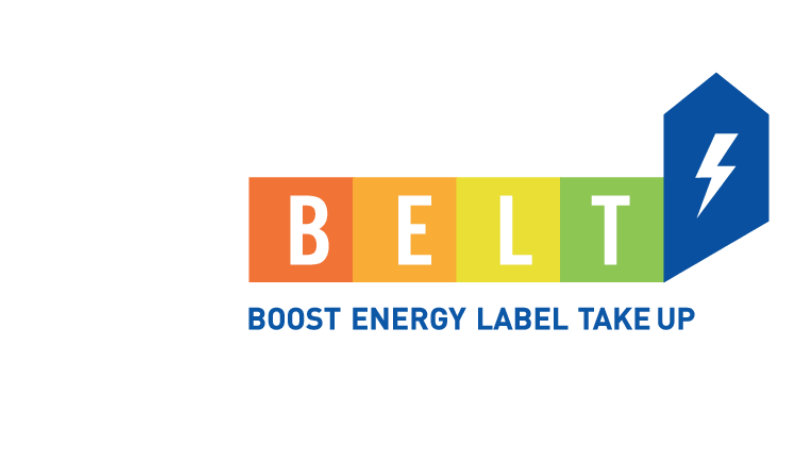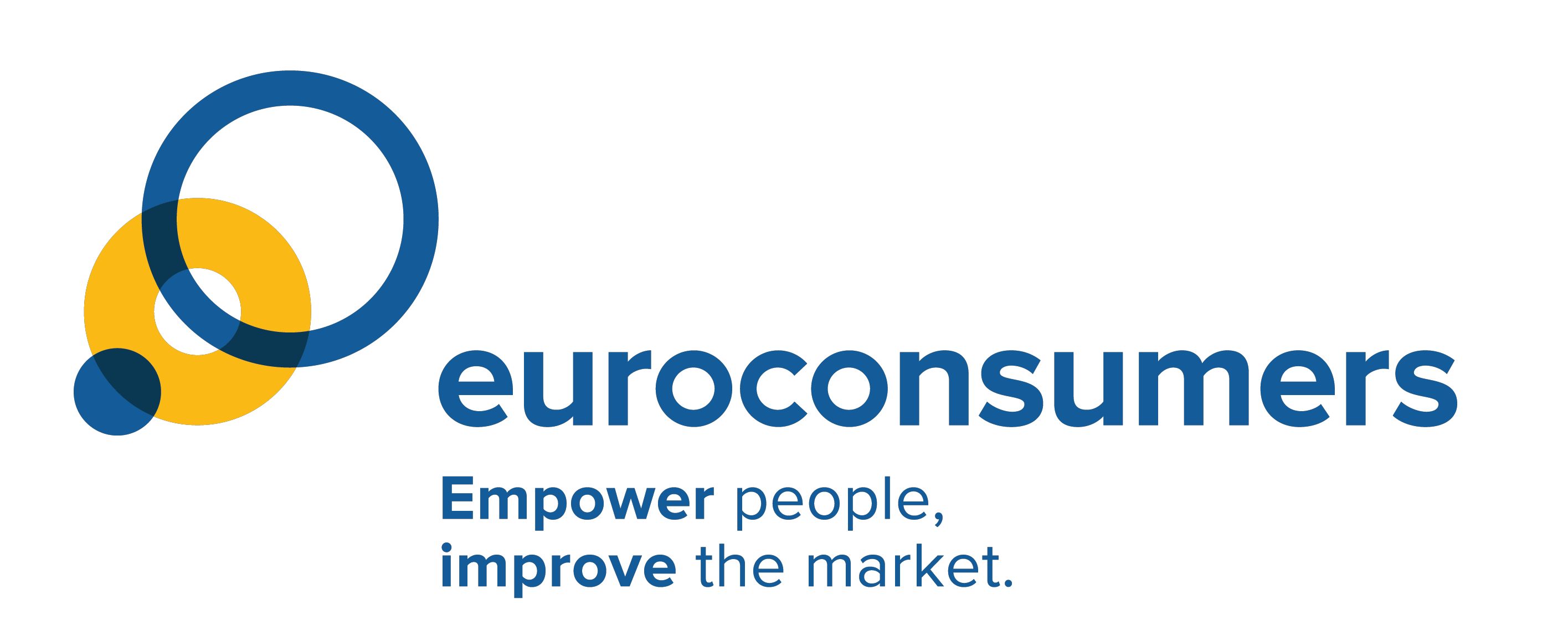The BELT project: How to grasp the energy efficiency of domestic household products

The new energy label of the BELT – Boost Energy Label Take up – initiative is here to change things for consumers who often struggle to identify the most energy-efficient product, even when assisted by the corresponding energy label. Euroconsumers’ members DECO PROTESTE, Organización de Consumidores (OCU), Test-Achats/Test Ankoop, and Altroconsumo are partners of BELT, a key EU project that provides consumers with accurate, recognizable and comparable information on energy consumption, performance and other essential characteristics of domestic household products.
The new EU energy label of the BELT project
The BELT project, which is funded by EU Horizon 2020 program (grant agreement No 8 47043), was launched to promote the uptake of more efficient energy-related products.
What is the EU energy label?
The EU energy label has been around since 1992. It is an important tool that enables consumers to better understand and compare the efficiency of energy-powered products such as fridges, TVs and dishwashers. It empowers consumers by offering robust information and enabling them to choose the most sustainable and cost-effective choices, in alignment with Euroconsumers’ Approved by Tomorrow manifesto.
Why is a new one underway?
It emerged from a consumer survey that the current EU energy label scale is misleading. This is because the higher classes (A+, A++ and A+++) are overpopulated, while the lower categories are empty − because the most energy-guzzling appliances are now banned from the market. To fix this, the European Union has decided to rearrange the scale of the label: all the “+” classes will disappear and give way to a simple and more coherent A to G scale, A being the most efficient, and G the less efficient. This makes it simpler for consumers to understand and compare products.
The progressive implementation of the new EU energy label
A first legal requirement to disclose rescaled labels online
Since 1 November 2020, manufacturers need to include both the existing & rescaled labels with the product according to the law. Although having to present both labels (old + new), the new label must not be displayed in shops and online shops.
An obligation to disclose new labels in stores
During 2021, five product groups of appliances will be relabelled. All will require retailers to make new labels visible in shops:
- Since 1st March 2021, for dishwashers, washing machines, and washer dryers, refrigerators, TVs and monitors;
- From 1st September on, lighting sources.
The specificities of the new EU energy label
In addition to providing a clear indication of the energy efficiency of a product at the time of purchase, the new label provides easier access to other useful information.
Simplified information
The new label is easy to read and understand for consumers. It includes pictograms and QR codes to enable easier energy efficient choices for consumers.
Pictograms for a better understanding
Depending on the product, it will display electric consumption. Unlike the old one, it will also show useful energy and non-energy consumption information through intuitive pictograms.
QR codes for up to date and more exhaustive information
Access to information is facilitated with the introduction of a QR code, which consumers can scan with their smartphones to get up-to-date and useful additional information about the product.
Euroconsumers’ calculator tool helps you better compare household products
Euroconsumers’ members DECO PROTESTE, OCU, Test-Achats/Test Ankoop, and Altroconsumo have developed an innovative calculator tool that calculates the level of energy consumption of consumers’ domestic household products. The calculators allow consumers to evaluate the energy of their fridge, lamp, washer dryer, dishwasher, washer machine, or TV. The calculator also provides an estimation of the associated CO2 generated by consumers’ household product, as well as the number of trees required to absorb the corresponding amount of CO2, and the energy equivalent in kilometres of driving.

